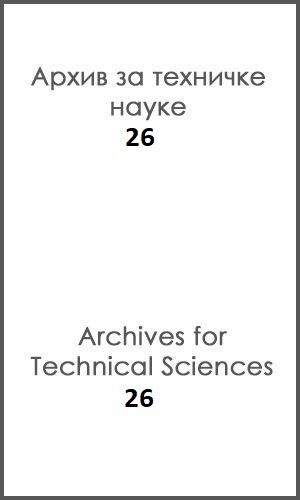CONTROL FACTORS OF IRON MINERALIZATION IN THE METALLOGENY OF THE LJUBIJA ORE REGION
DOI:
https://doi.org/10.7251/afts.2022.1426.013MAbstract
The control factors of mineralization in the Ljubija ore region are stratigraphic, lithological, magmatogenic, structural-tectonic and hypergenic. The distribution of iron ores in the Ljubija ore region is primarily controlled by the spread of the Olistostrome member of the Carboniferous Javorik flysch formation. Only that member, whether uncovered on the surface or overlain by an Upper flysch member, contains primary siderite-ankerite iron ores. In addition, the distribution of ore bodies is significantly affected by the concentration and location of mineralized limestone and limestone-dolomite olistoliths. The seating of carbonate olistolitic bodies in the member is irregular, that is, chaotic. The size, shape, and morphology of these bodies and their boundaries are extremely uneven and diverse, in both primary and tectonic occurrences. Not all olistolitic bodies are mineralized. Those that are can be completely, partially or minimally mineralized. Due to all this, ore bodies and deposits “have no continuity and appear in isolation”. Therefore, there is a high exploration risk. These major irregularities are not characteristic of redeposited powdered limonite ores in Plio-Quaternary lacustrine sediments. Cimmerian lateral ruptures were important for the distribution of hydrothermal solutions and today's distribution of ore deposits and occurrences within ore fields and ore nodes. The hypergenic control factor significantly influenced the forming of iron oxide ores. In the Alpine tectogenesis, old systems of faults and joints were renewed and new created. In this respect, the most significant were transverse, open, steep SW-NE ruptures.

